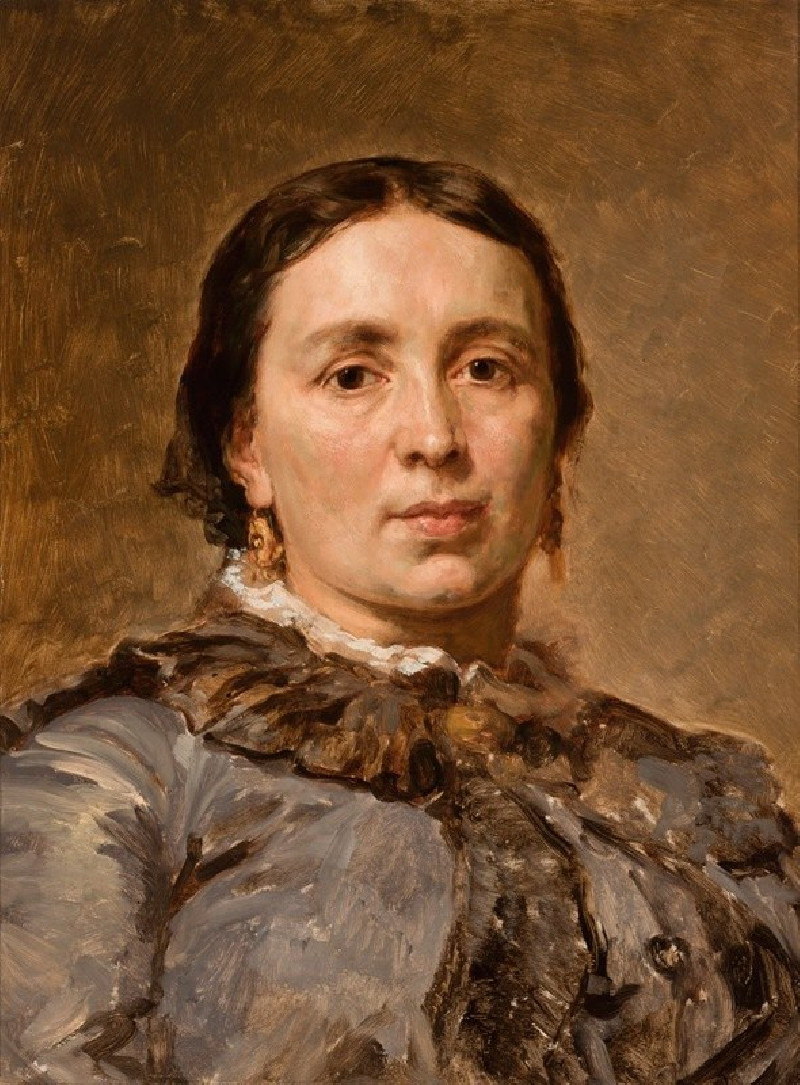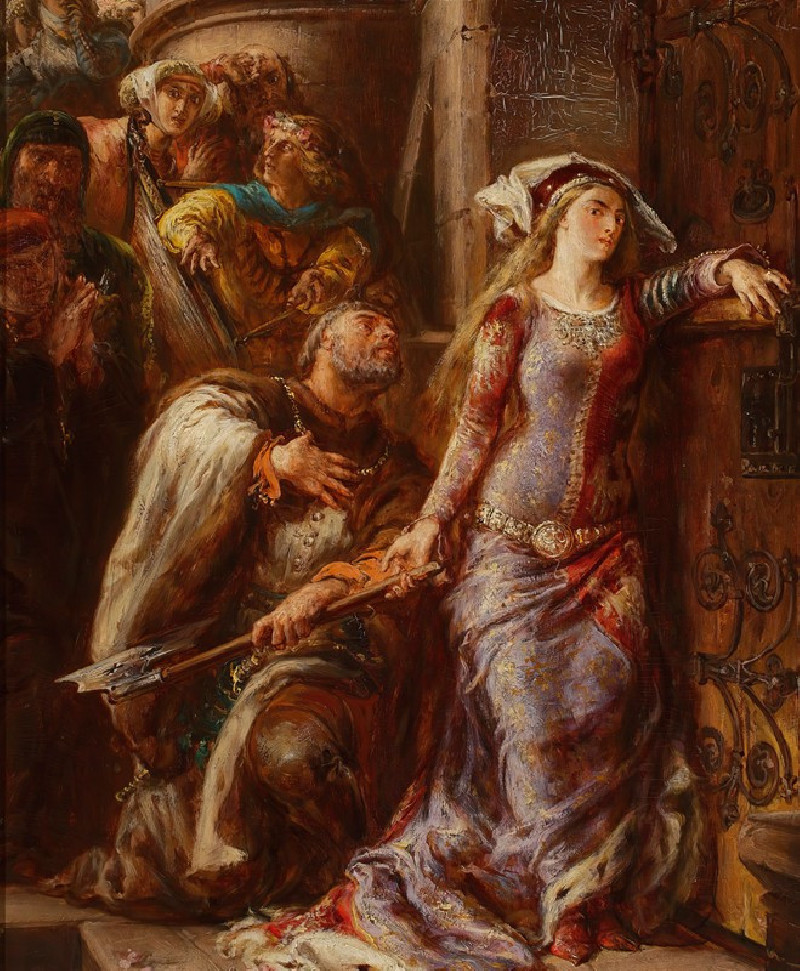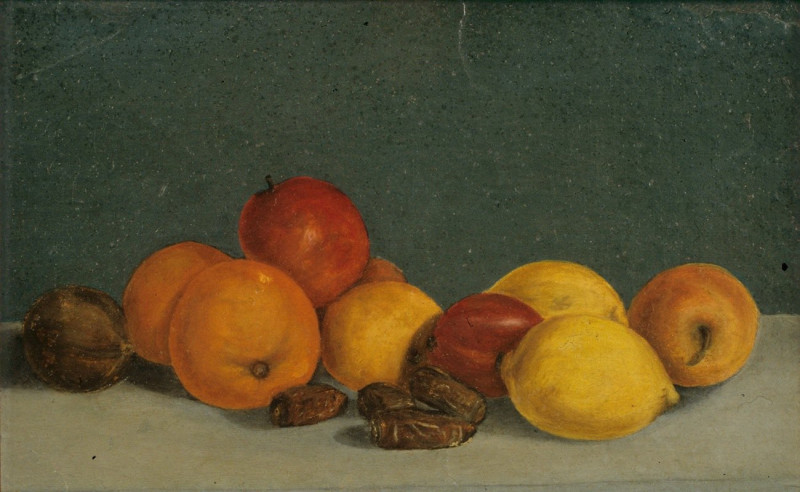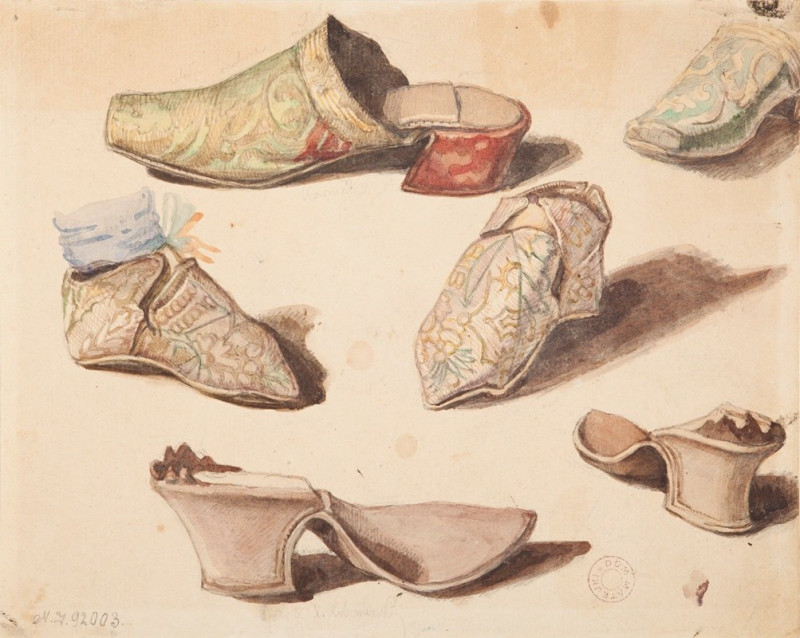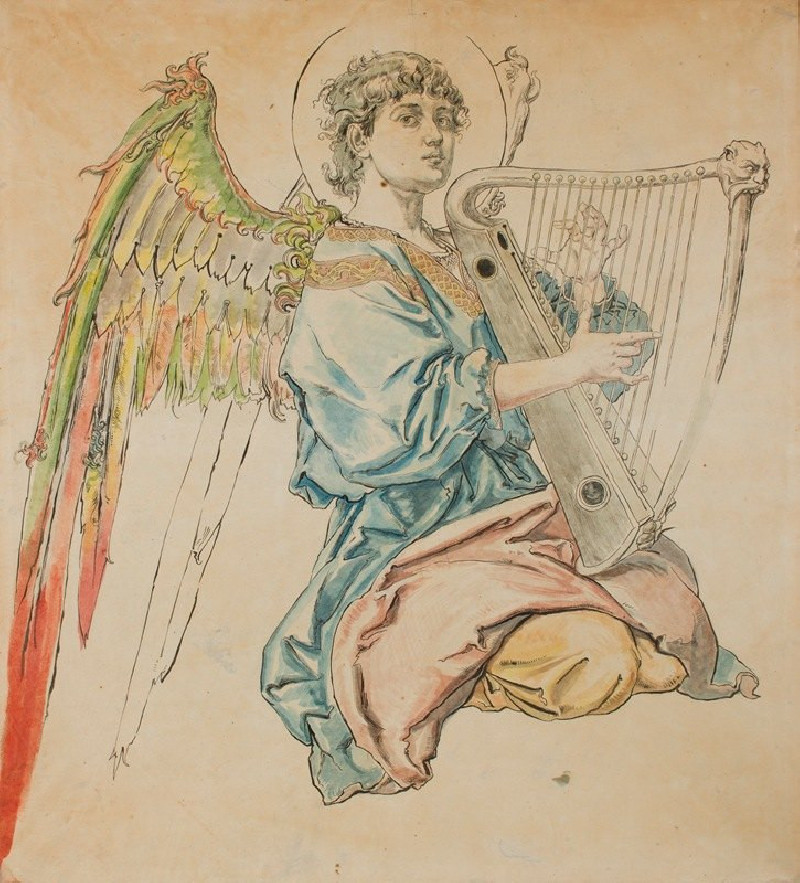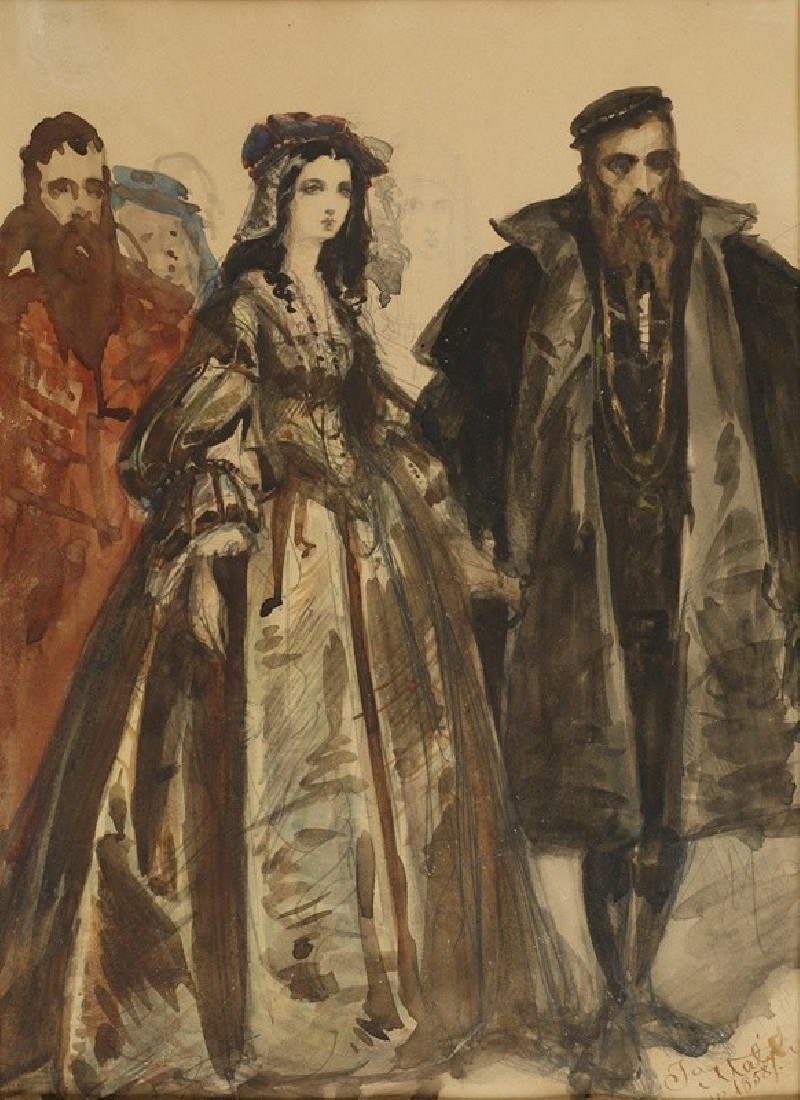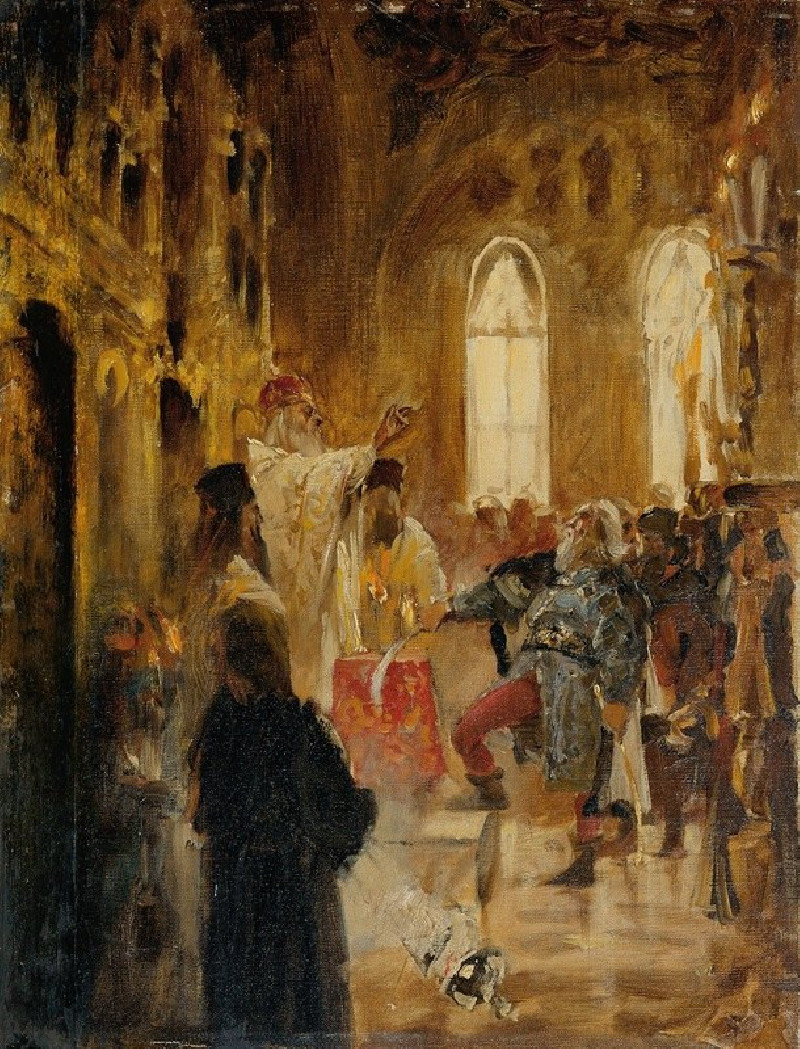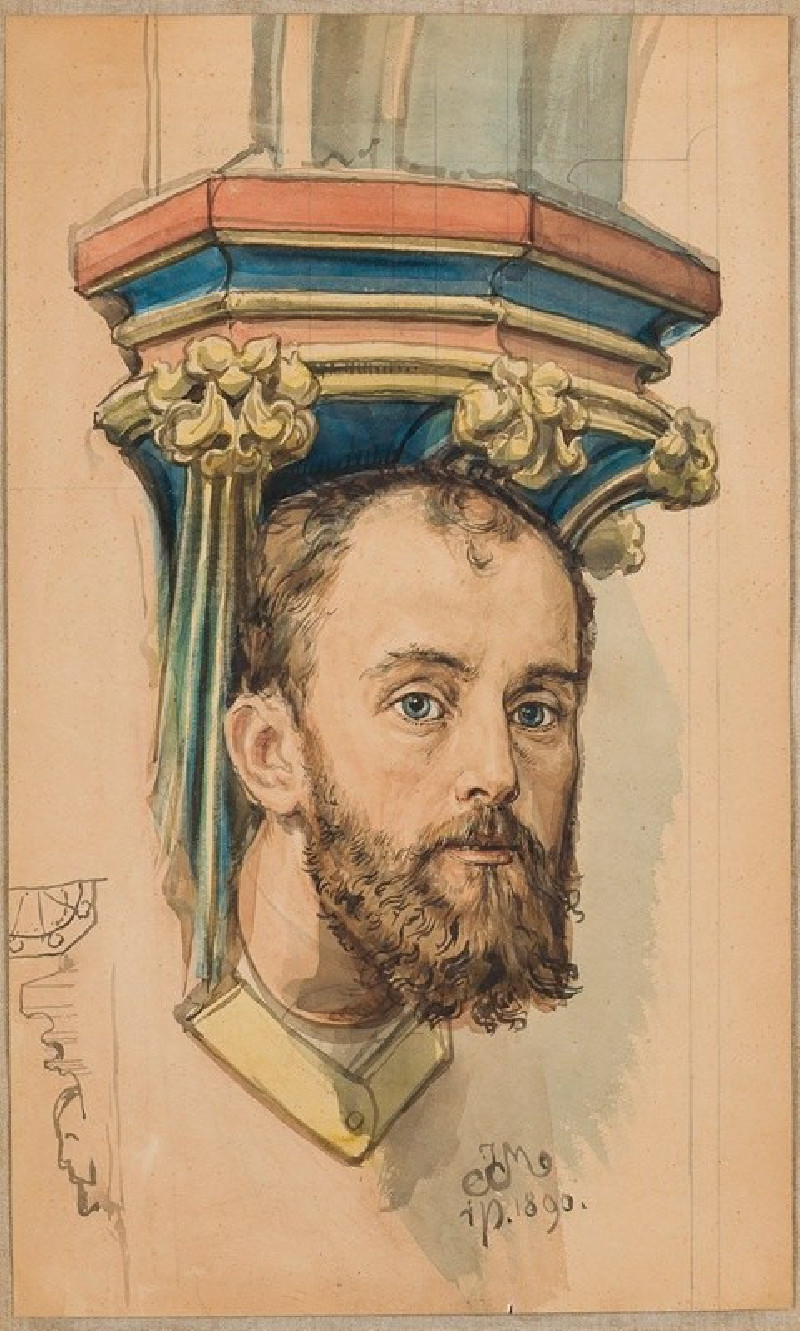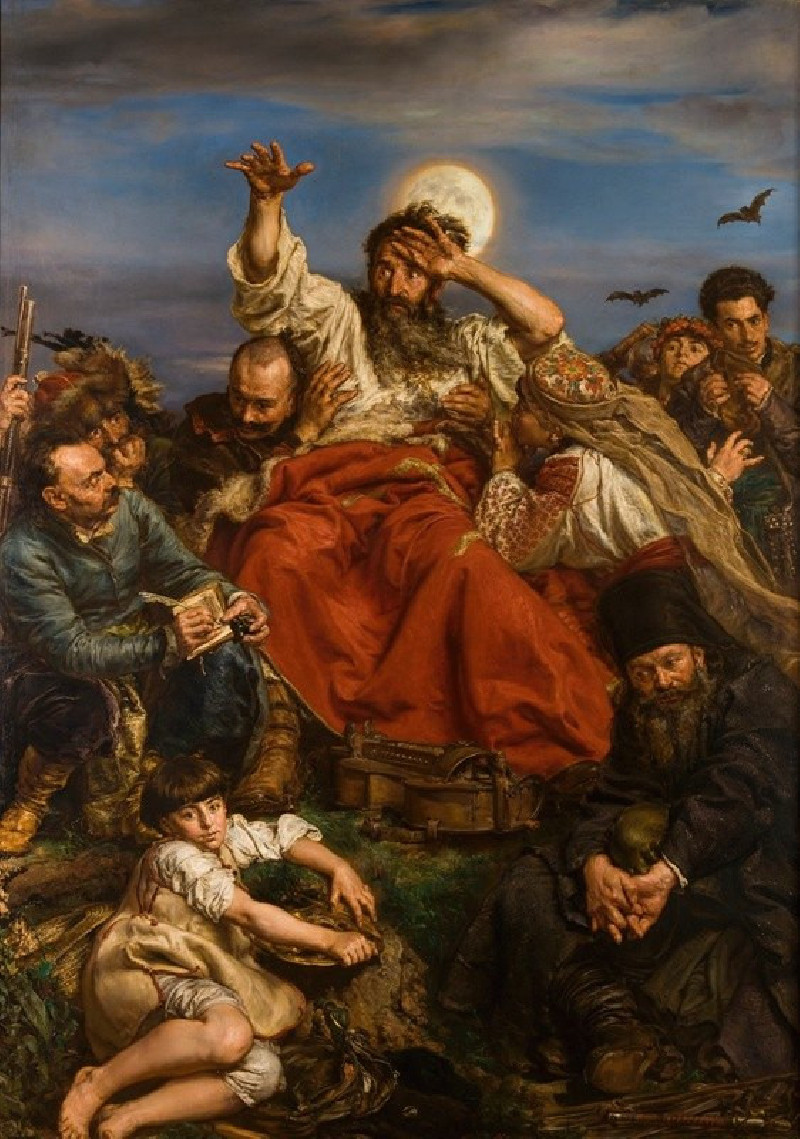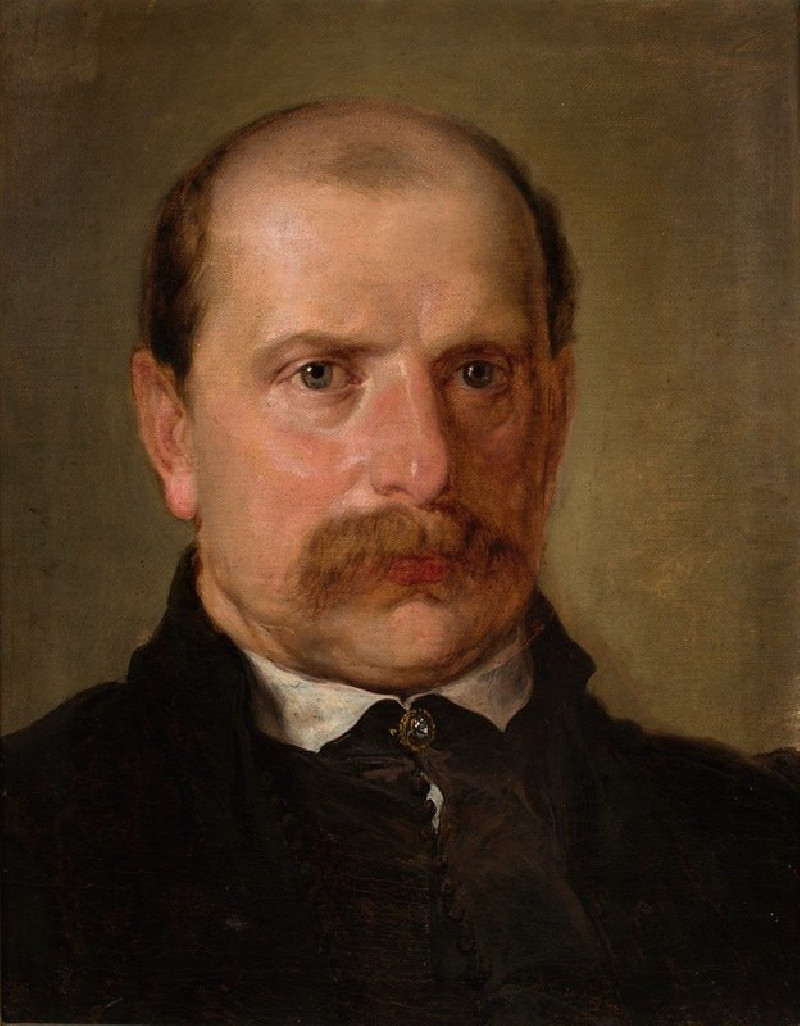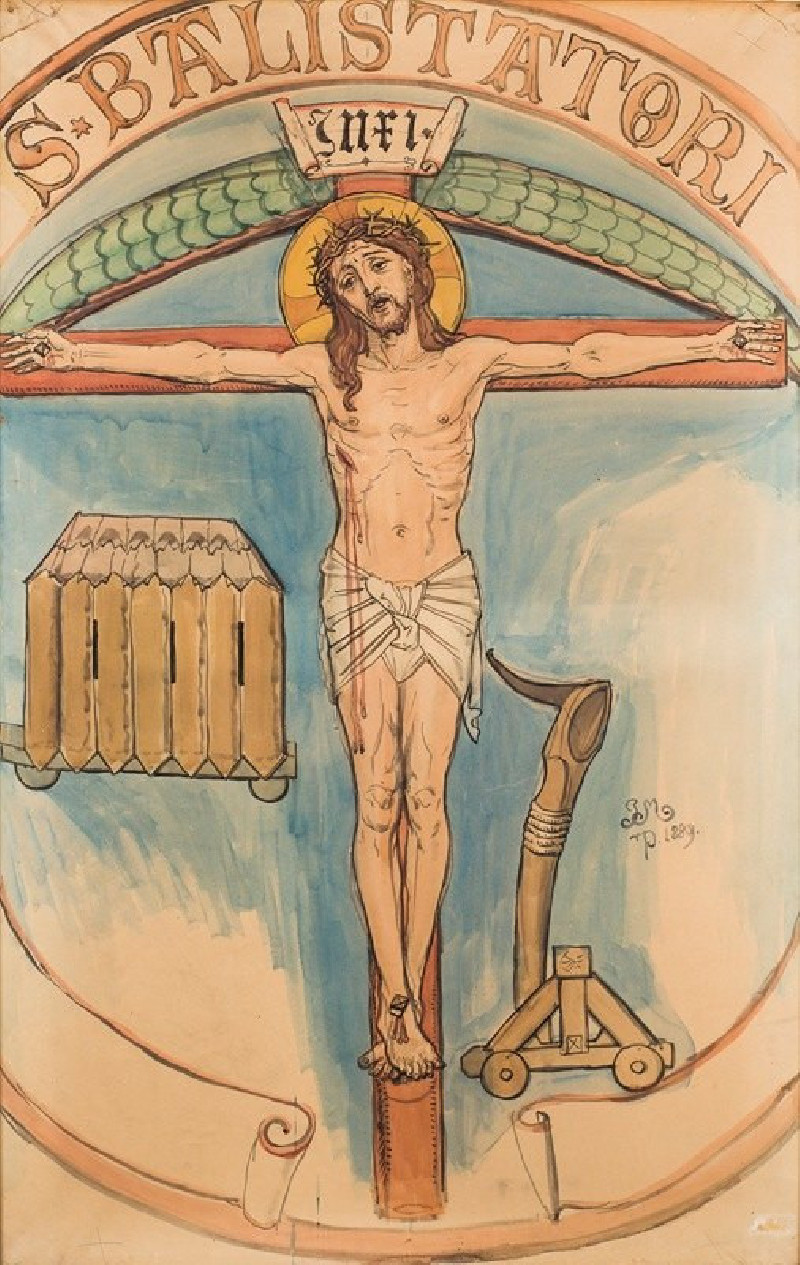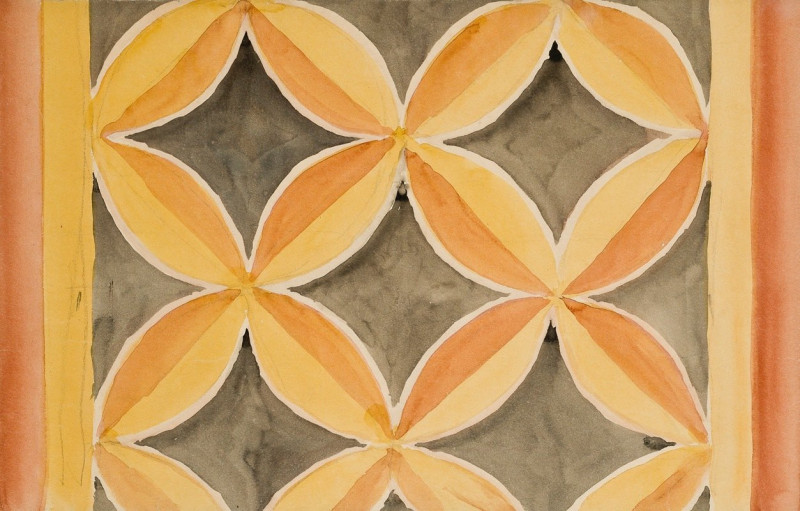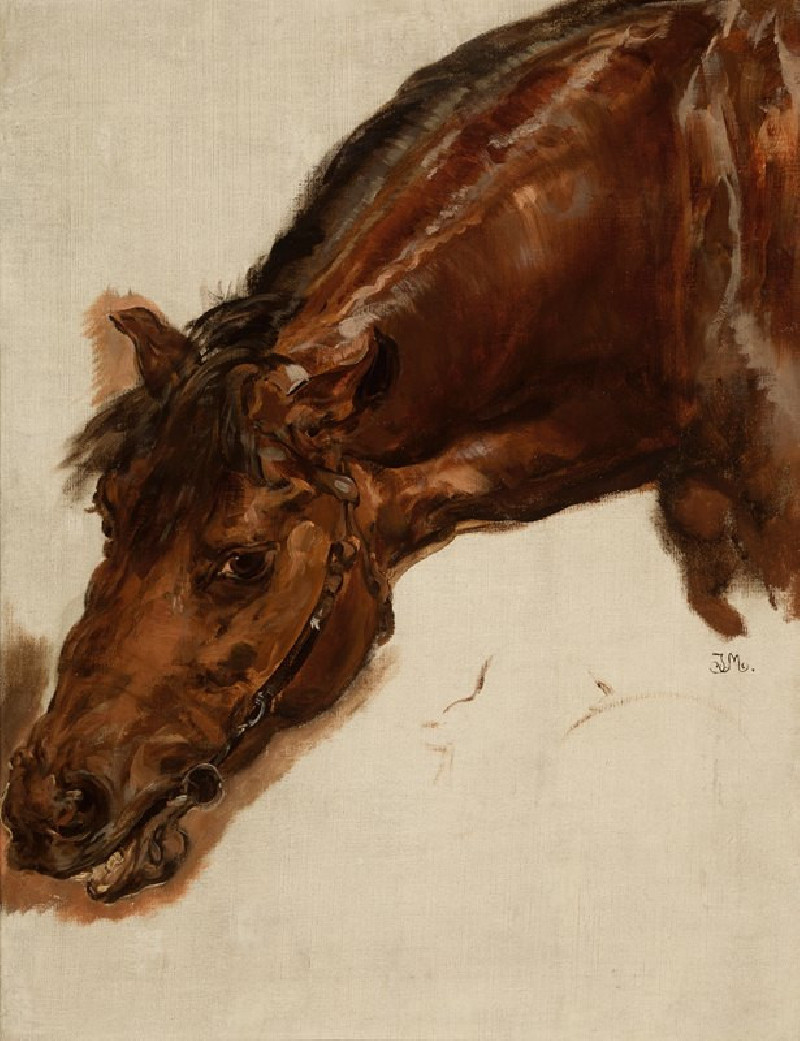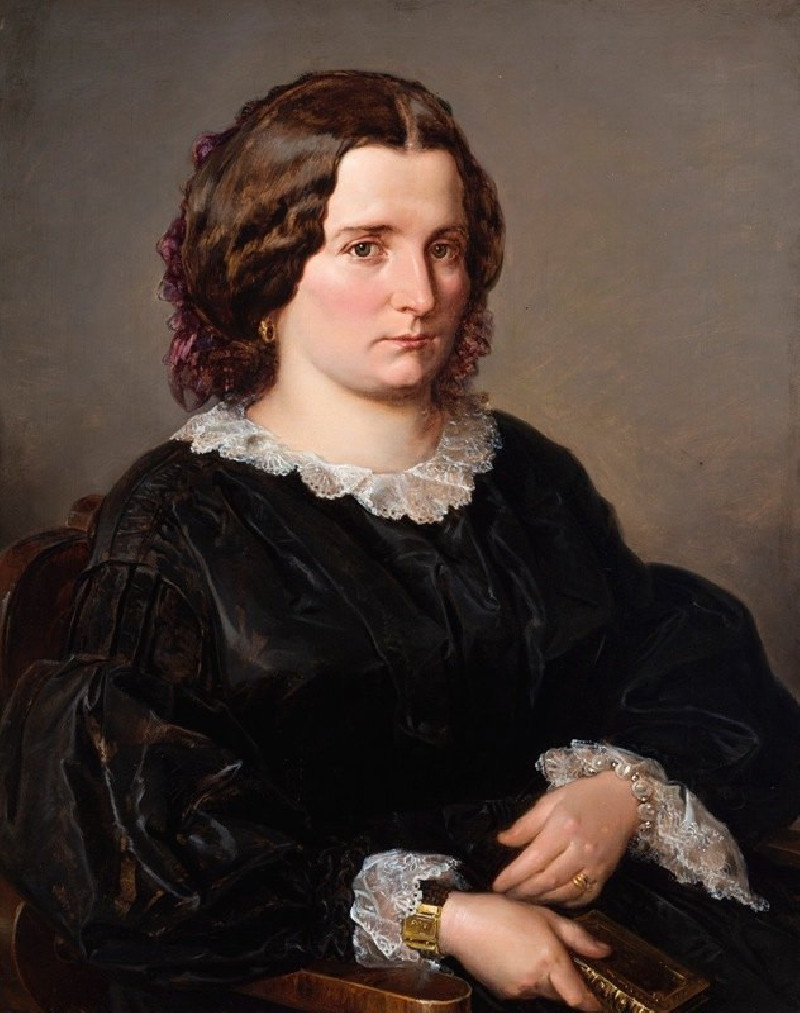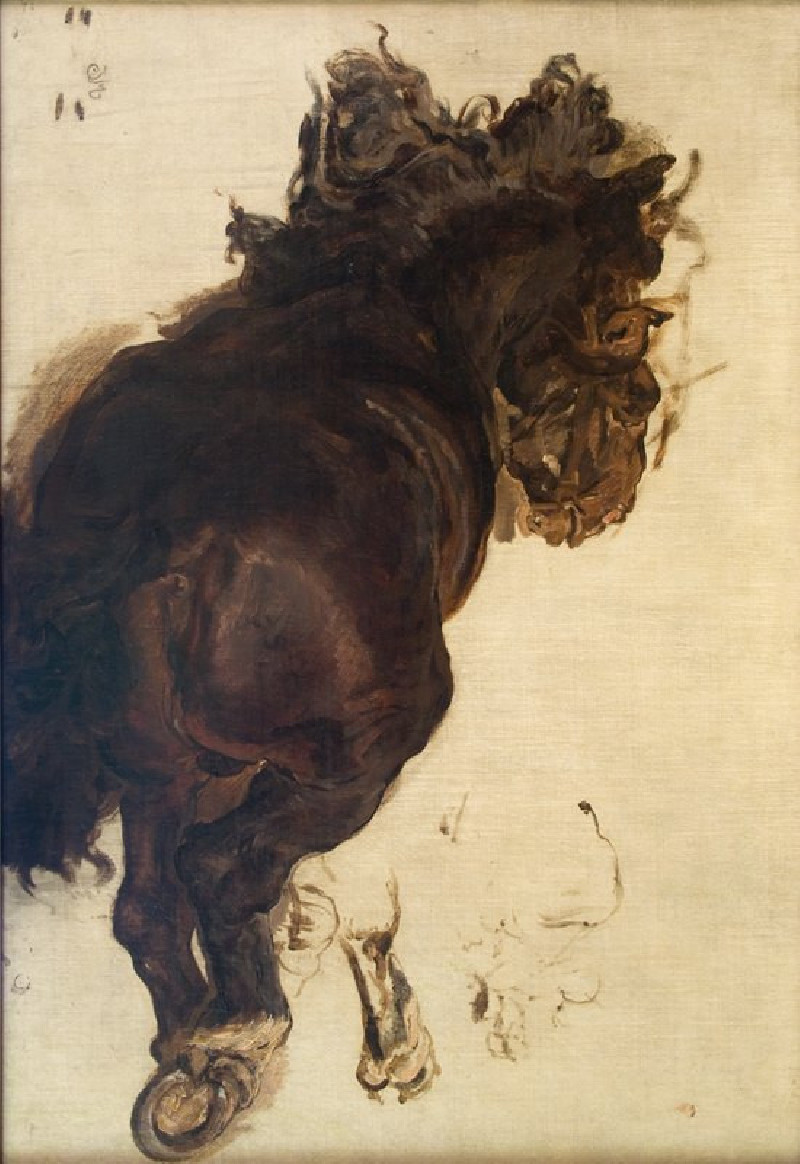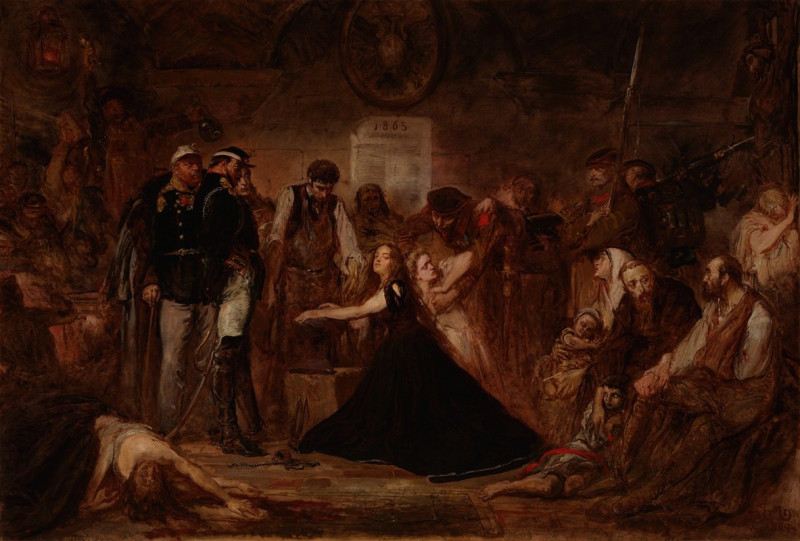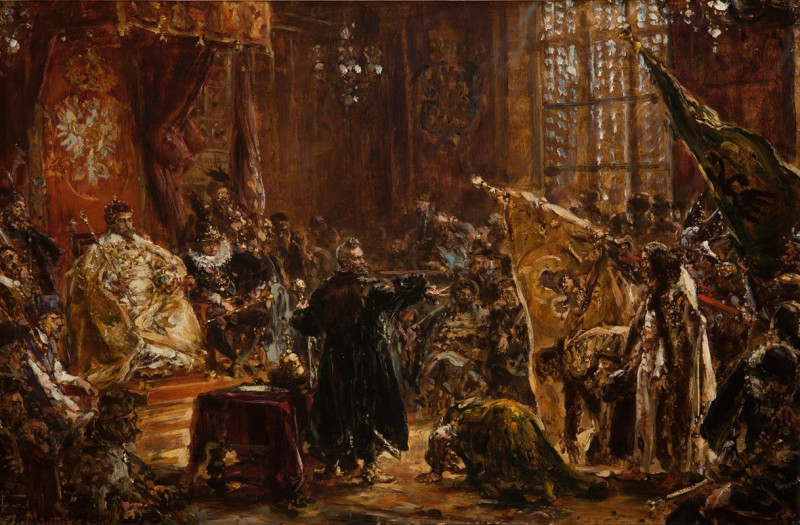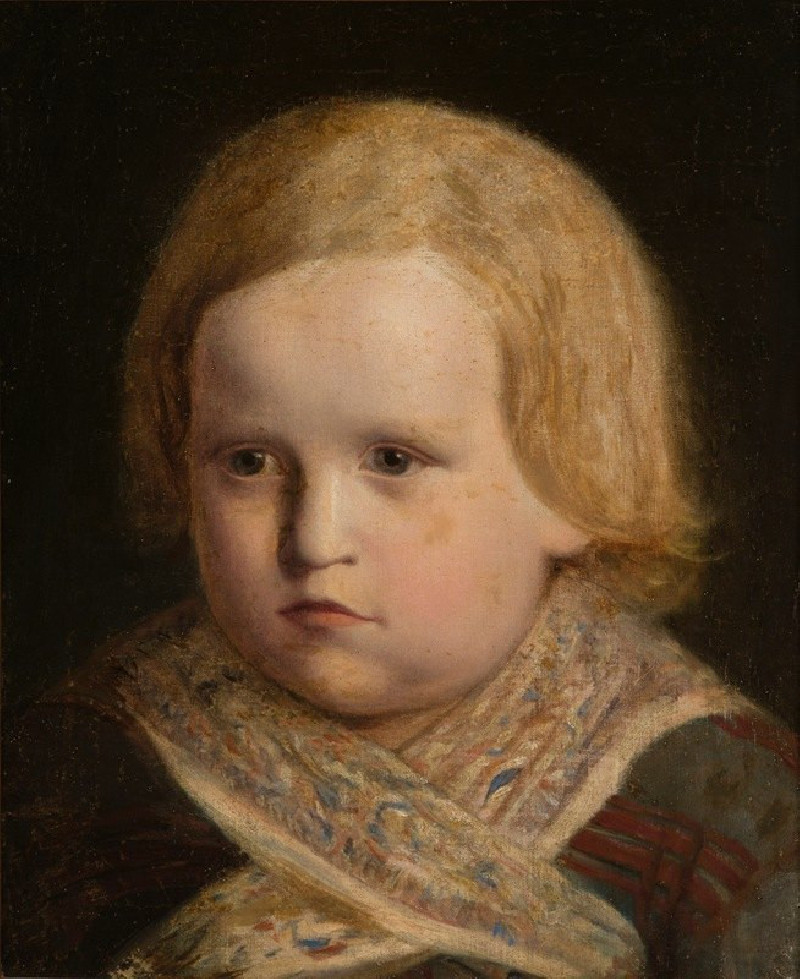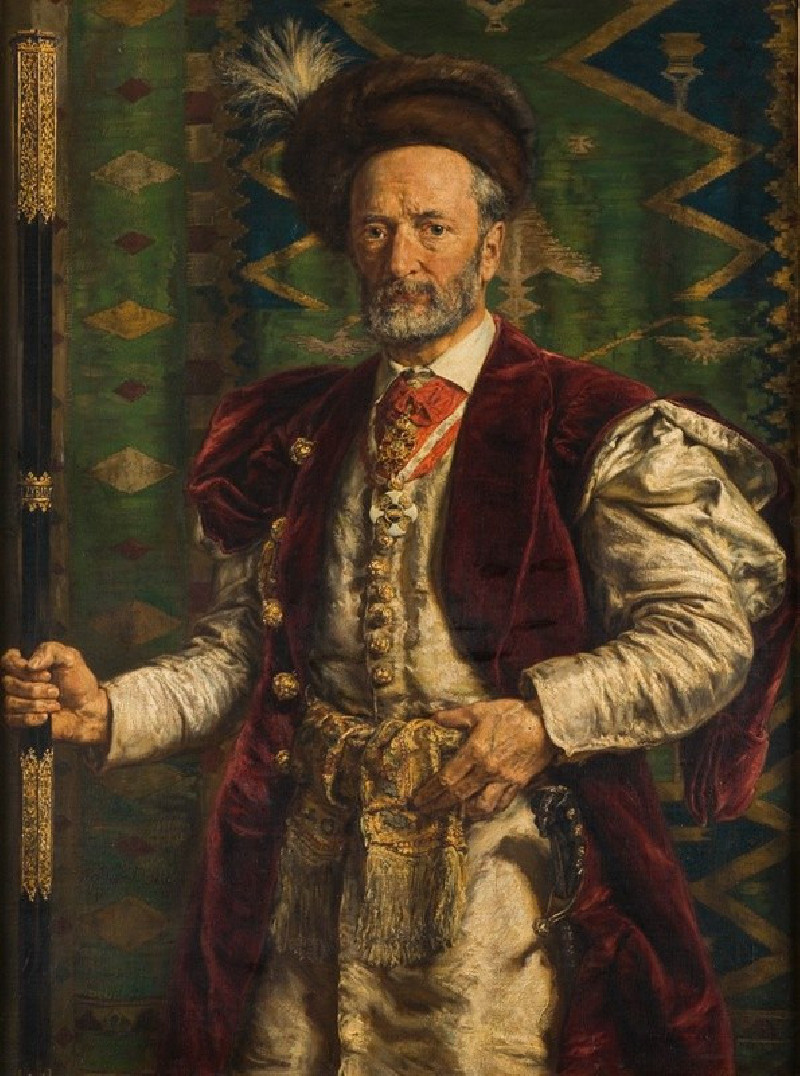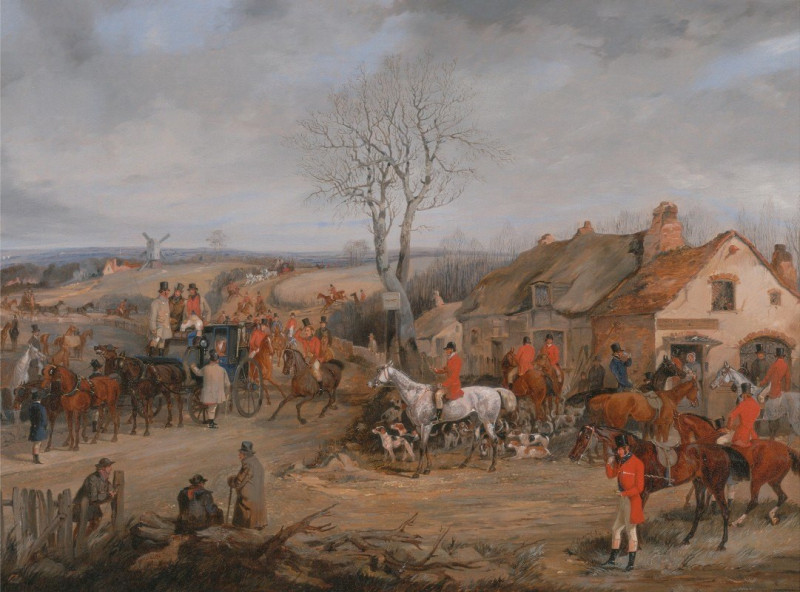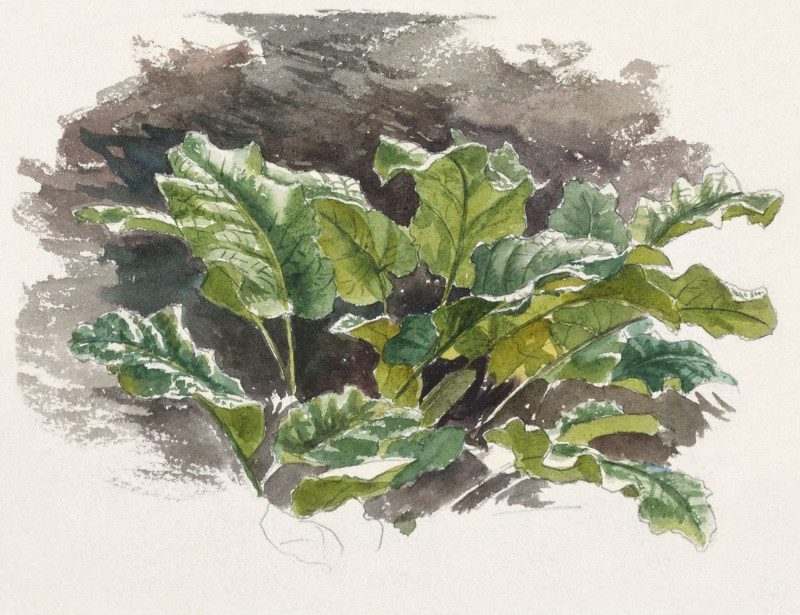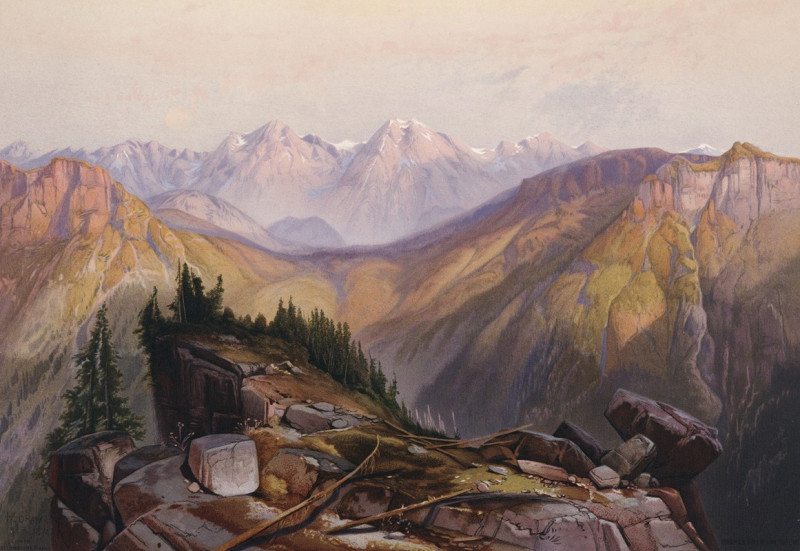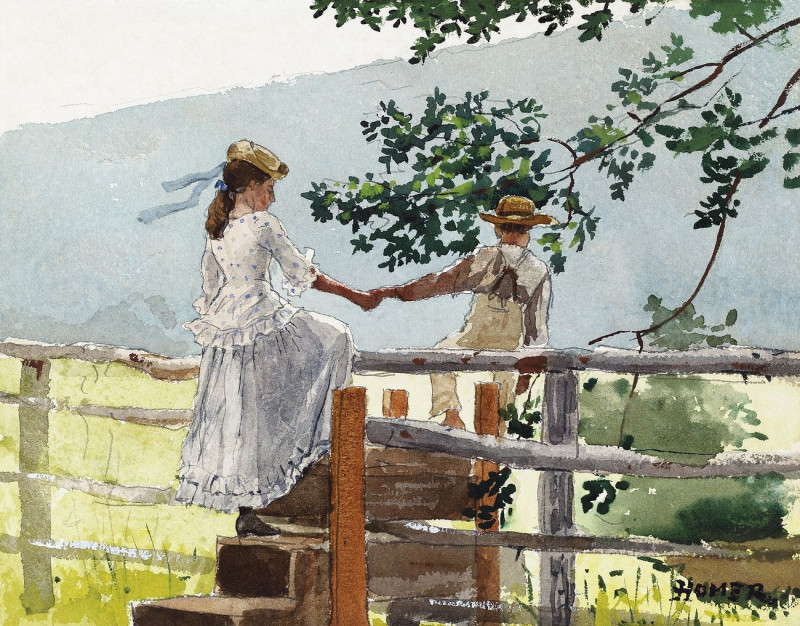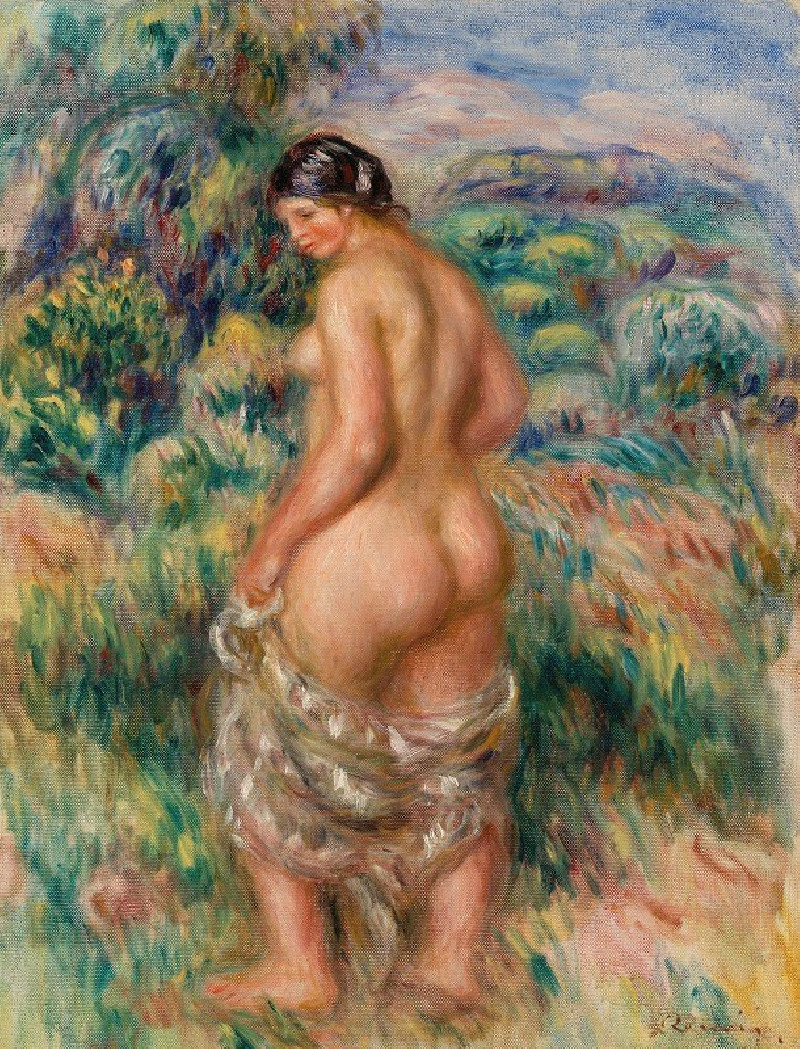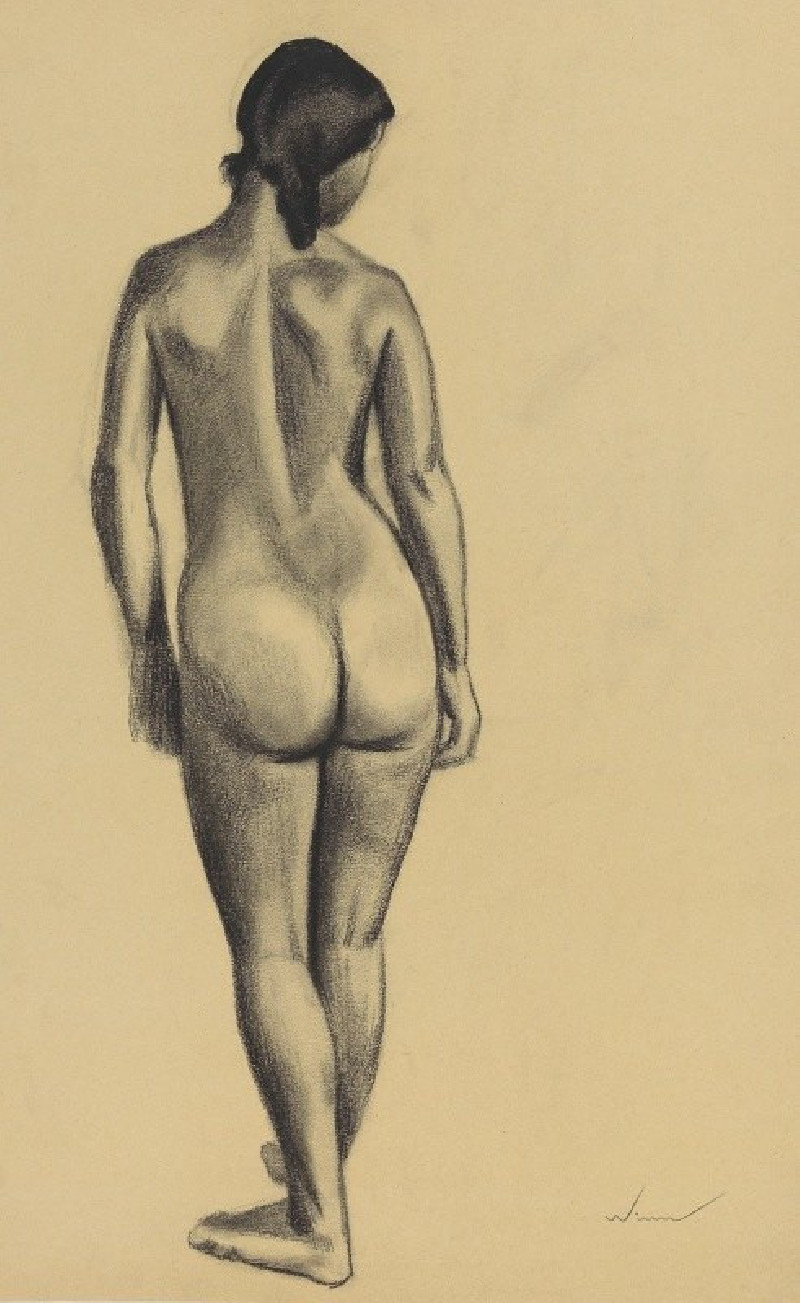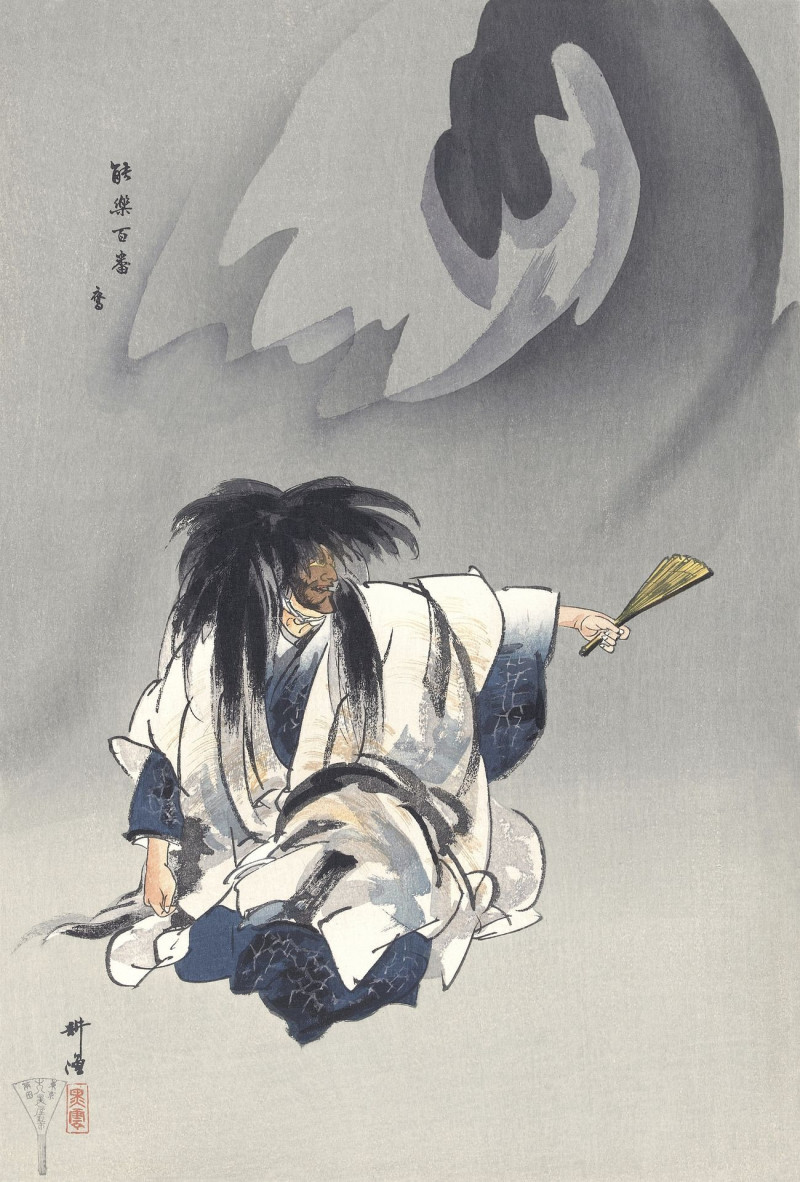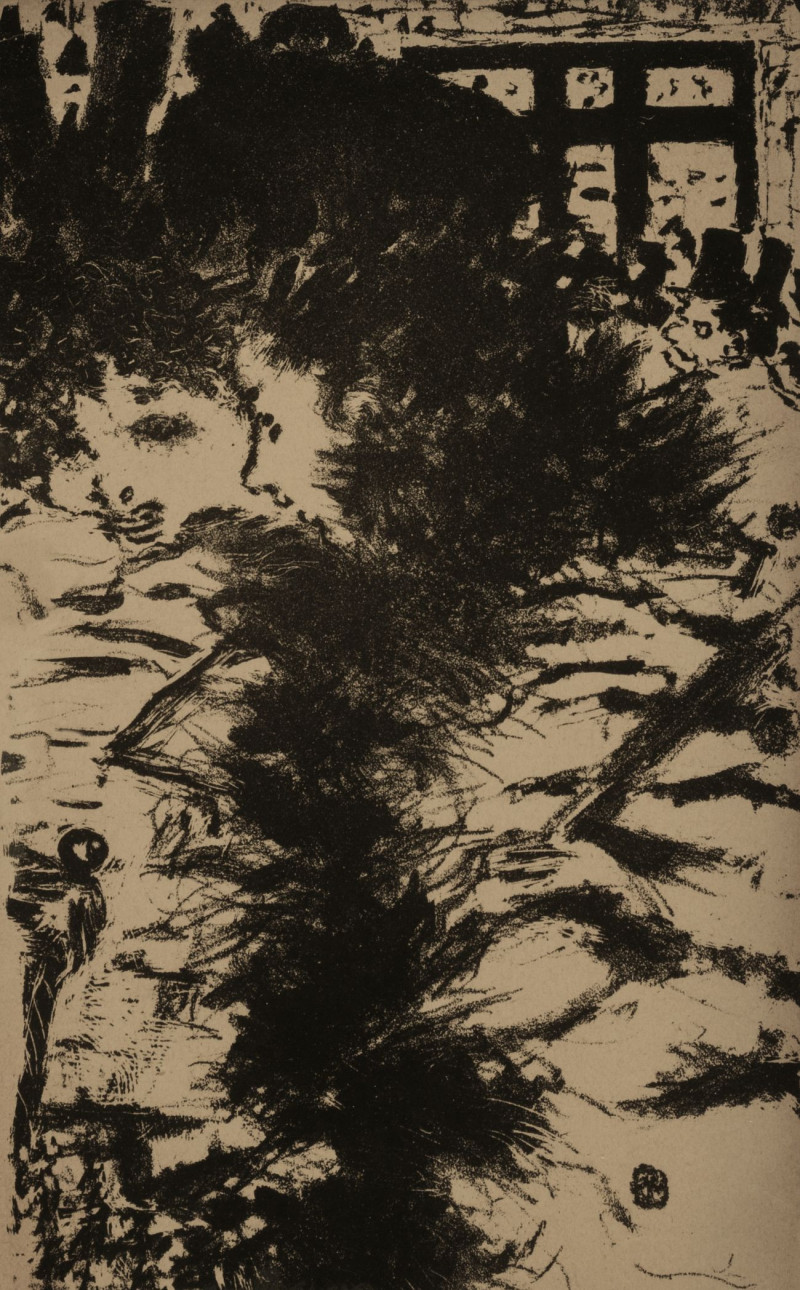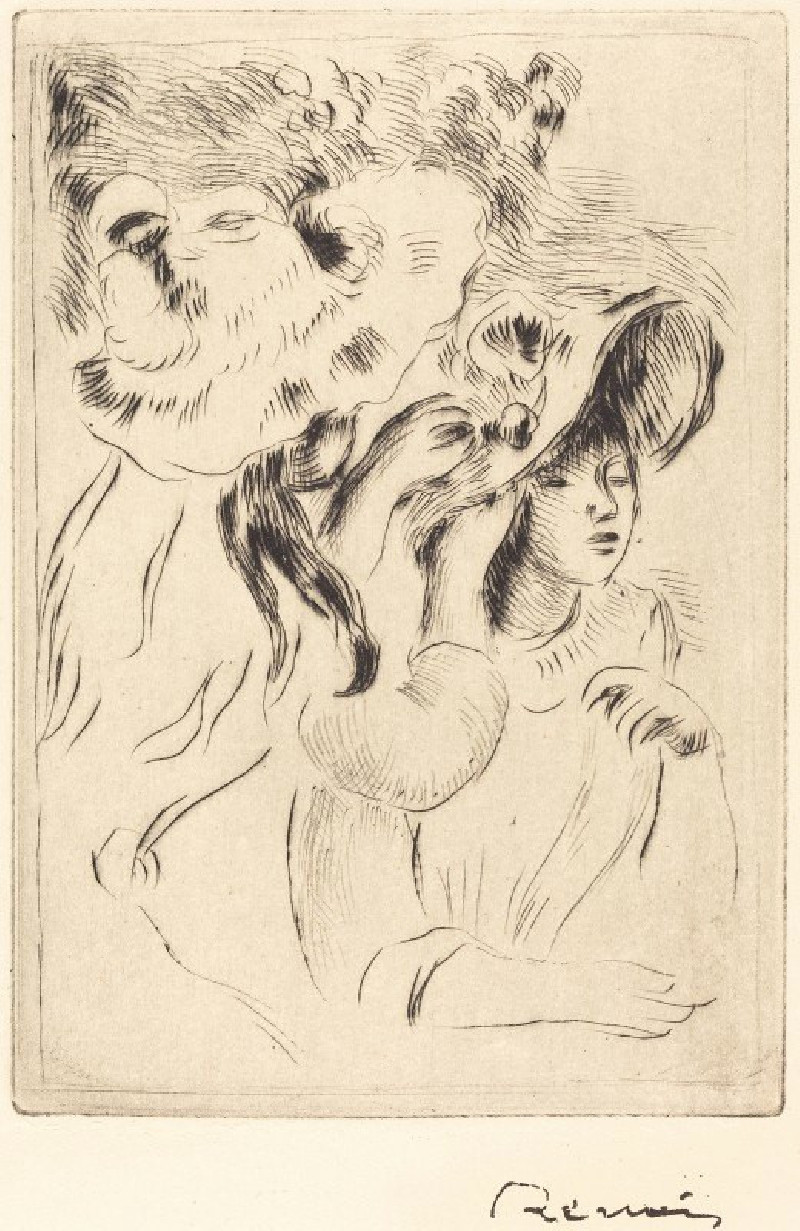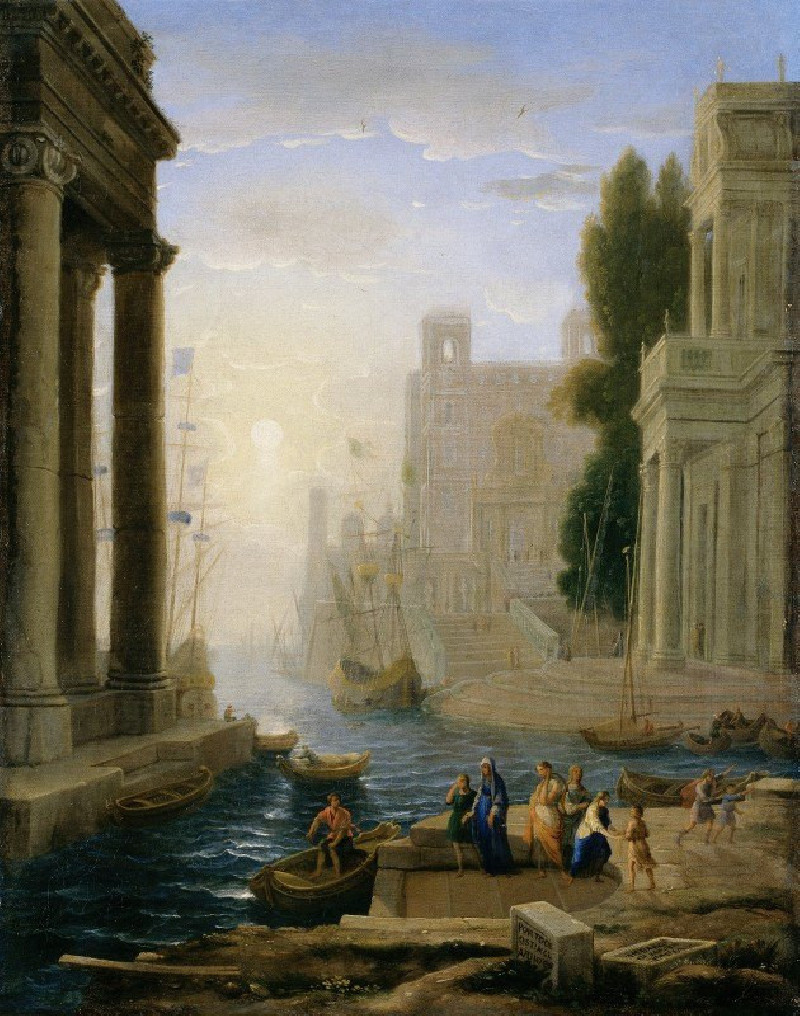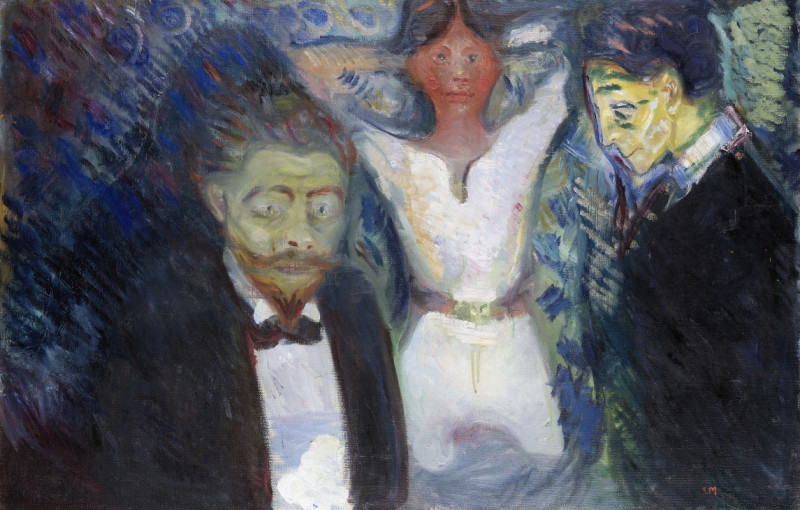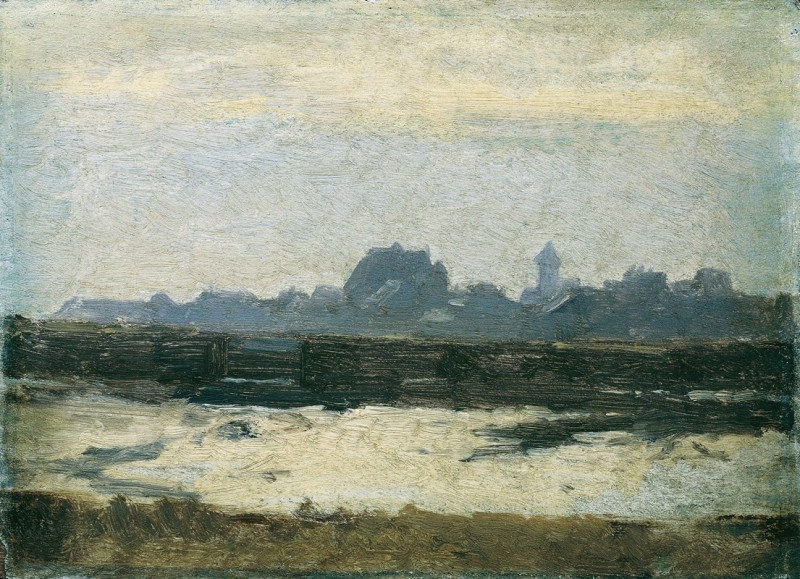Portrait of Maria née Matejko GoIIchowska (1836-1917) (1882)
Technique: Giclée quality print
Recommended by our customers
More about this artwork
Welcome to this exclusive webpage dedicated to one of Jan Matejko's personal and evocative works, the "Portrait of Maria née Matejko Gołłchowska," painted in 1882. This painting captures the essence of Maria, who was not only Matejko’s relative but also a significant figure in his life, offering us a unique glimpse into the private world of this illustrious artist.The portrait shows Maria with a dignified and serene expression, looking directly at the viewer, which establishes an immediate and intimate connection. Her gaze is calm yet penetrating, possibly reflecting her personality or her relationship with Matejko. The artist’s use of light subtly highlights her facial features, enhancing her thoughtful expression and the overall solemnity of the portrait.Maria’s attire in the painting speaks of a refined elegance typical of the 19th-century Polish nobility. She is dressed in a luxurious, dark-colored dress adorned with intricate details and a lace collar, which adds a delicate contrast to the otherwise somber tones of her outfit. The attention to detail in the texture of her dress and the realistic rendering of the fabrics showcases Matejko’s mastery of portrait painting.This portrait is not just a representation of a family member for Matejko; it is a manifestation of his deep artistic sensitivity and skill in capturing the complexities of human expressions and emotions. Through this painting, Matejko shares with us a personal piece of his history, rendered with all the respect and affection he presumably felt for Maria.As viewers, we are invited to not only appreciate the technical prowess of Matejko as an artist but also to ponder the personal stories and historic sentiments captured within this canvas.
Delivery
Returns
Jan Alojzy Matejko was a Polish painter, a leading 19th-century exponent of history painting, known for depicting nodal events from Polish history. His works include large scale oil paintings such as Rejtan (1866), the Union of Lublin (1869), the Astronomer Copernicus, or Conversations with God (1873), or the Battle of Grunwald (1878). He was the author of numerous portraits, a gallery of Polish monarchs in book form, and murals in St. Mary's Basilica, Kraków. He is considered by many as the most celebrated Polish painter, and sometimes as the "national painter" of Poland.

